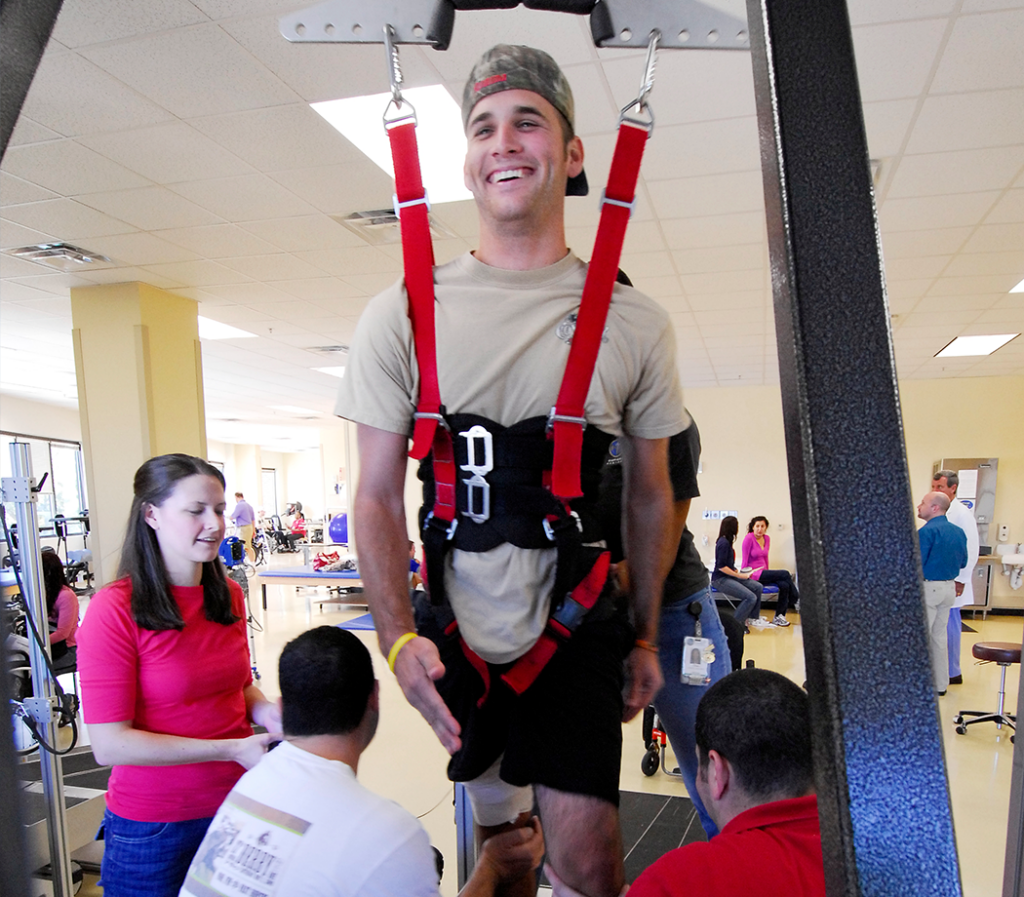
From its earliest days, the Christopher & Dana Reeve Foundation refused to listen to the skeptics who dismissed spinal cord injury as an academic dead-end. Decade by decade, we fought to change what was deemed possible, seeking out and supporting equally determined labs as they mapped a path toward progress.
The Reeve Foundation’s critical, early funding allowed pioneering researchers to steadily decode the unique functions of the central nervous system and the injury itself, identifying the factors that served as pernicious roadblocks to spinal cord repair and restoration.
Through the Reeve Foundation’s International Research Consortium on Spinal Cord Injury, a collection of laboratories working toward the identification of potential spinal repair treatments, and the Reeve Foundation’s comprehensive scientific grants program, the field gained critical understanding of the complexity of this injury and a foundation of basic science emerged to support the pursuit of transformative treatments. This included the discovery that the damage occurs not in a single moment, but as a lengthy cascade beginning with the trauma.
Simultaneously, the Reeve Foundation has worked to build a vibrant research field that not only delivers lab advances, but tangible improvements for people living with paralysis. In 2004, as research demonstrated the potential of physical rehabilitation to improve function after injury, we opened our NeuroRecovery Network clinical centers to more widely provide intensive activity-based therapies to people living with paralysis. These centers continue to independently provide much-needed rehabilitation services. To accelerate drug discovery and device development, in 2006 we launched the North American Clinical Trials Network (NACTN) a consortium of neurosurgery departments at hospitals across the country that provides a crucial launchpad for coordination and collaboration.
The Big Idea study at the University of Louisville, for example, grew out of decades of Reeve-funded research, including that of UCLA scientist Reggie Edgerton. Edgerton’s work was rooted in the idea that a damaged spinal cord could adapt and be retrained with epidural stimulation. In 2009, these techniques were used for the first time on a patient with a complete C6-C7 injury. Within three days of the surgery, the patient was able to stand. Over the next several months, he regained voluntary movement and significantly improved cardiovascular, respiratory, and bowel and bladder function; the results offered a glimpse of the technology’s potential and reinvigorated spinal cord injury research.
In 2019 , we invested in a partnership with ONWARD, a Netherlands-based medical technology company creating therapies to restore movement, independence and health in people with spinal cord injury. As we support this exciting path from bench to bedside, we will continue to lead efforts to speed the research that benefits our community.

Taken together, our more than four decades of supporting research and our investments — more than $140 million to date – have fueled the gains now considered crucial to future treatments, from developing gene therapies to promote axon regrowth in the injured spinal cord to using brain-computer interfaces and neurotechnology to reactivate spinal networks after injury. Reeve Foundation support has not only shaped the field – it has helped create the pivotal moments that propelled it forward.